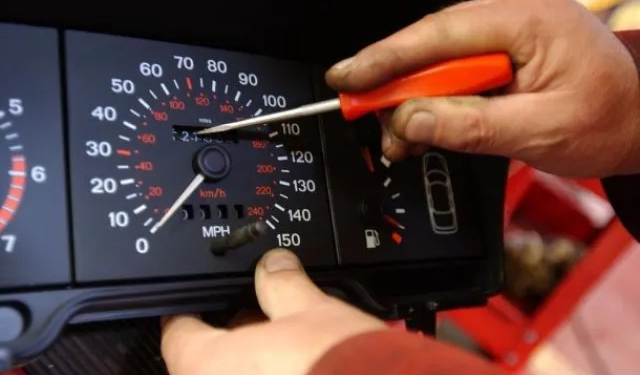Odometer fraud, where the mileage on a vehicle’s odometer is tampered with to inflate its value, is a significant concern for used car buyers across the globe, including in Africa. While this fraudulent practice is more prevalent in some regions, such as Germany, it still poses a risk to buyers in Africa. Fortunately, there are several strategies and resources available to help buyers detect odometer fraud and make informed purchasing decisions.
Recognizing Odometer Manipulations
Buyers can protect themselves from odometer fraud by carefully examining all available documents related to the vehicle, such as invoices and maintenance logs. These documents often provide a record of the vehicle’s mileage at the time of each repair or inspection. If the seller cannot produce these documents, it is advisable to proceed with caution or avoid purchasing the vehicle altogether.
Leveraging Government Resources: Histovec
In recent years, government initiatives like Histovec have become invaluable tools for detecting odometer fraud. Histovec allows users to access the administrative history of a vehicle using its registration number and registration document. By tracking the mileage at each technical inspection, buyers can verify whether the odometer readings are consistent over time. Any discrepancies, such as decreasing mileage between inspections, are red flags indicating potential tampering.
Private History Services
In addition to government resources like Histovec, private history services such as CarVertical, OdoPass, and Autorigin offer additional layers of protection against odometer fraud. These services provide detailed vehicle histories, including mileage records, accident reports, and ownership history. While some services may require payment for more in-depth information, they can provide valuable insights into a vehicle’s past.
Signs of Wear in the Passenger Compartment
Buyers can also inspect the vehicle’s interior for signs of wear that may indicate odometer tampering. Discrepancies between the odometer reading and the condition of components like the steering wheel, seat leather, and pedal pads could signal fraudulent activity. Even if the interior appears pristine, buyers should remain vigilant, as fraudsters may replace worn components before selling the vehicle.
Additional Verification Methods
To further verify the accuracy of the odometer reading, buyers can check maintenance stickers under the hood to confirm when the last oil change was performed. A significant discrepancy between the odometer reading and the maintenance records could indicate tampering. Additionally, buyers may consider contacting the previous owner of the vehicle to gather additional information about its history and mileage.




